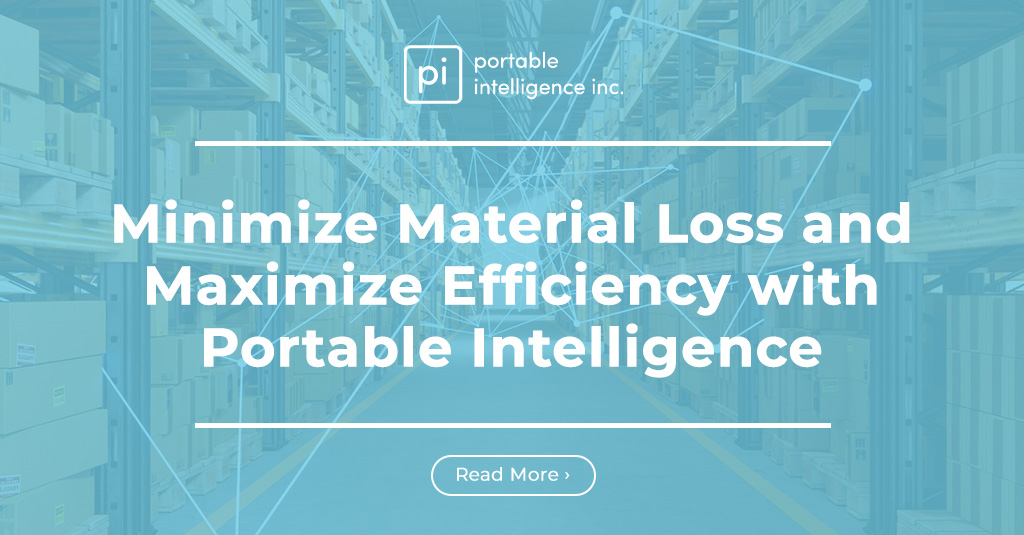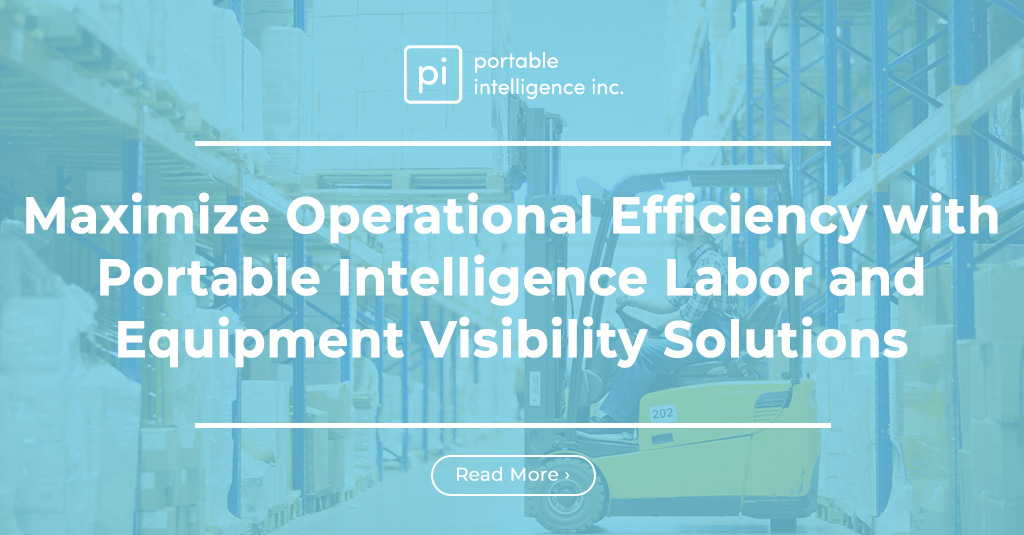Warehouse management systems (WMS) play a crucial role in optimizing warehouse operations and ensuring efficient inventory management. As technology continues to evolve, it’s important to assess whether or not your current WMS is still meeting the needs of your business. Upgrading your WMS can provide many benefits, such as improved efficiency and increased visibility into warehouse operations. However, determining when to upgrade can be a difficult decision. In this blog post, we will discuss the signs that it’s time to upgrade your WMS, the benefits of upgrading, and the factors to consider when upgrading.
Signs that it’s time to upgrade your WMS
- Inefficiency in warehouse operations – If you notice that your warehouse operations are becoming increasingly inefficient, with longer lead times, inaccurate order picking, and slow fulfillment, it may be a sign that your WMS is no longer sufficient for your needs.
- Inadequate inventory management – If you are struggling to manage your inventory levels, with high levels of stockouts or excess inventory, it may be a sign that your current WMS is not providing you with the necessary visibility and control over your inventory.
- Limited visibility into warehouse operations – If you are struggling to keep track of your inventory, orders, and shipments, it may be a sign that your current WMS lacks the necessary visibility and reporting capabilities.
- Inability to handle increased order volume – If your current WMS is struggling to keep up with your order volume and is causing bottlenecks in your warehouse operations, it may be time to consider upgrading to a more robust system.
- Outdated technology – If your WMS is based on outdated technology that is no longer supported by the vendor, you may face increased security risks and limited functionality.
If you are experiencing any of these signs, it may be time to start looking into upgrading your WMS.
Benefits of upgrading your WMS
Upgrading your WMS can provide numerous benefits for your business. One of the most significant benefits is improved warehouse efficiency. An upgraded WMS can help optimize your warehouse operations by streamlining processes, reducing errors, and improving accuracy.
Another benefit of upgrading your WMS is better inventory management. An upgraded system can provide real-time visibility into inventory levels, making it easier to manage and optimize your stock levels. This can lead to reduced stockouts, overstocking, and spoilage.
An upgraded WMS can also provide increased visibility into warehouse operations. Real-time data and analytics can help you identify trends, optimize processes, and improve overall performance. This can help you make more informed decisions and better manage your business.
Additionally, an upgraded WMS can handle increased order volume. This can help your business scale more efficiently, without having to worry about processing delays or backlogs.
Finally, upgrading your WMS provides access to the latest technology. This can include advanced analytics, automation, and machine learning capabilities, which can further optimize your warehouse operations and provide a competitive advantage.
Factors to consider when upgrading your WMS
- When upgrading your WMS, there are several factors to consider to ensure that you choose the right system for your business. One of the most important factors is cost. Upgrading your WMS can be a significant investment, so it’s important to carefully consider the costs associated with different systems.
- Another factor to consider is integration with other systems. Your WMS should integrate seamlessly with other systems, such as your ERP or transportation management system, to ensure that your operations are fully integrated and optimized.
- Customization is also an important factor to consider. Your business has unique needs and requirements, so it’s important to choose a WMS that can be customized to meet those needs. This may include custom workflows, reports, or integrations.
- Scalability is another important factor. As your business grows and evolves, your WMS should be able to scale with you. This means choosing a system that can handle increased order volume, additional locations, and more complex processes.
- Finally, vendor support is an important consideration. When upgrading your WMS, you want to choose a vendor that provides reliable support and maintenance. This can ensure that your system is always up-to-date and running smoothly.
Considering these factors can help you choose the right WMS for your business, ensuring that you see the maximum benefits from your investment.
Staying current with technology is crucial for any business, especially those in the logistics and warehousing industries. Upgrading your WMS can provide a competitive advantage, optimize your operations, and improve your bottom line. We recommend working with a trusted vendor or consultant to ensure that your upgrade is successful and meets the unique needs of your business.




